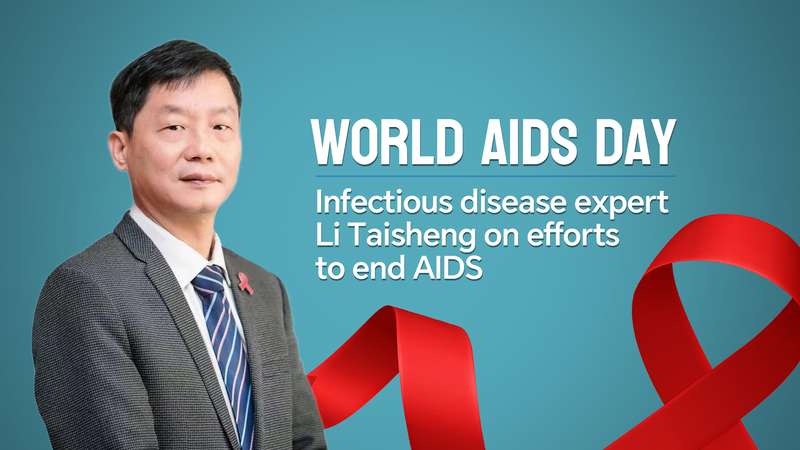Hey guys! Big news from the World Health Organization (WHO) 🌍! After the rollercoaster that was the COVID-19 pandemic 🎢, the WHO and about 500 experts have finally agreed on what it really means for a disease to spread \"through the air\" 🌬️.
Why is this a big deal? Well, remember all that confusion early in the pandemic? 😕 It turns out that having a clear understanding of how diseases travel can save lives ❤️. On Thursday, the WHO dropped a technical document aiming to clear the air (pun intended) 😏.
This is just the first step towards figuring out better ways to prevent airborne transmission, not just for COVID-19 but for other illnesses like measles too 🤒. Future pandemics? We're getting ready! 💪
The new definition says that a disease is spread \"through the air\" when the main way it gets around is by pathogens traveling or hanging out in the air 🌫️. Sounds simple, right? But getting here wasn't easy. Almost 500 experts—including physicists, public health pros, and engineers—came together, even though they didn't always see eye-to-eye in the past 🤝.
Historically, agencies wanted hardcore proof before labeling diseases as airborne, because that leads to super strict containment measures 😷. But the new definition also considers the risk of exposure and how severe the disease is. Plus, it moves away from the whole \"droplets vs. aerosols\" debate based on particle size 🧐.
This unified approach is like assembling the Avengers of public health 🦸♀️🦸♂️, aiming to make sure we're all on the same page for the next health challenge that comes our way 🚀.
So, stay informed, stay healthy, and let's keep the conversation going! 🗣️✨
Reference(s):
cgtn.com




